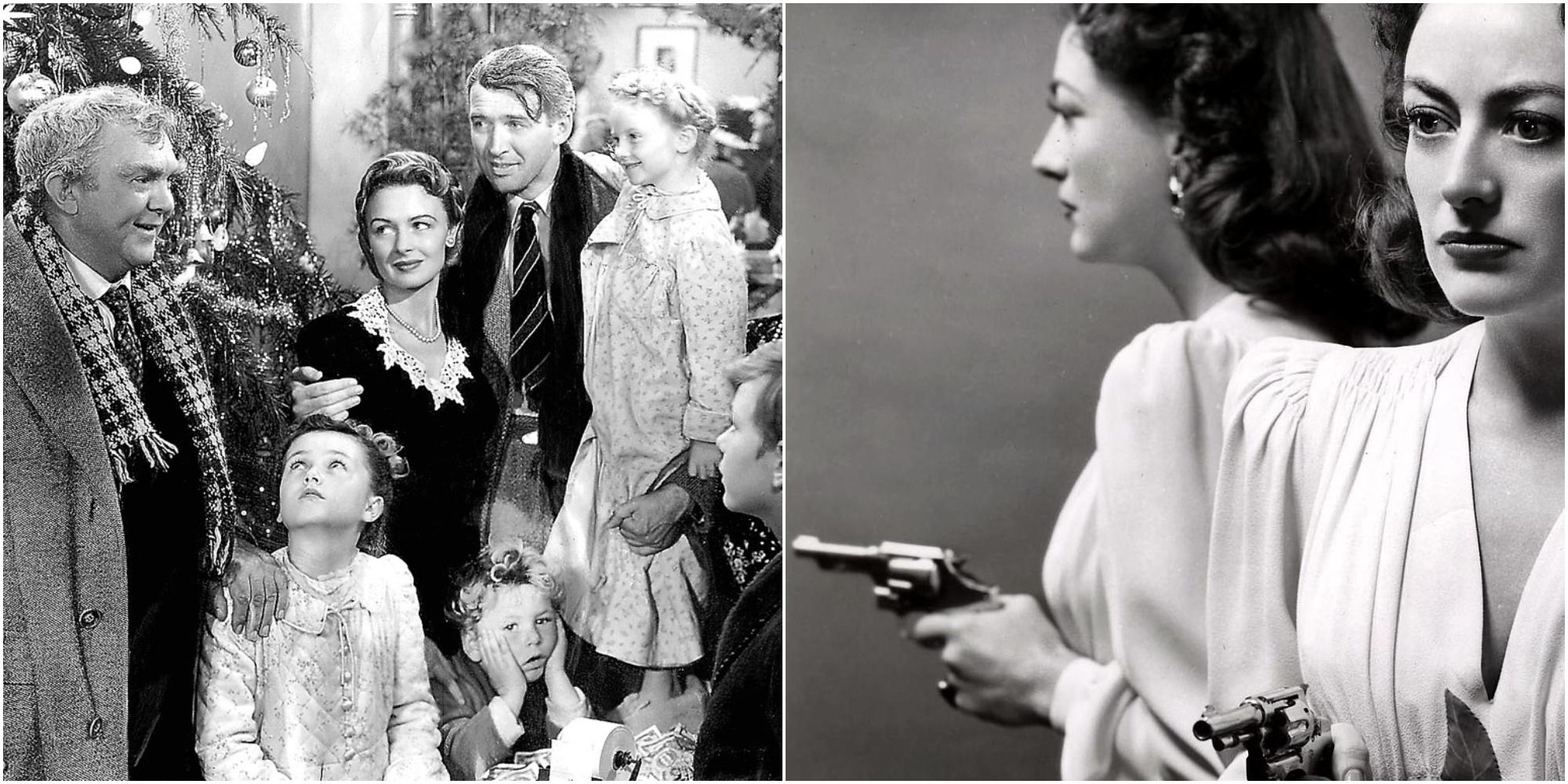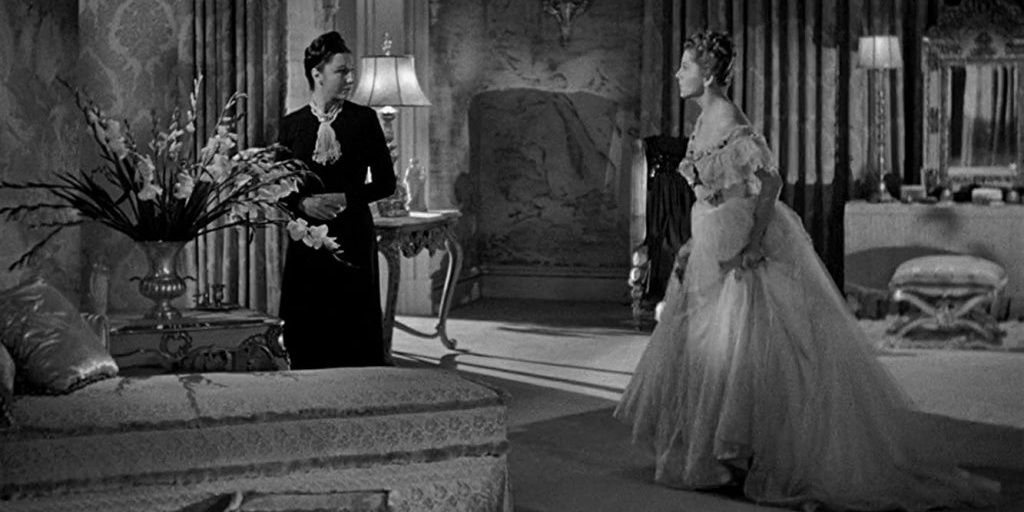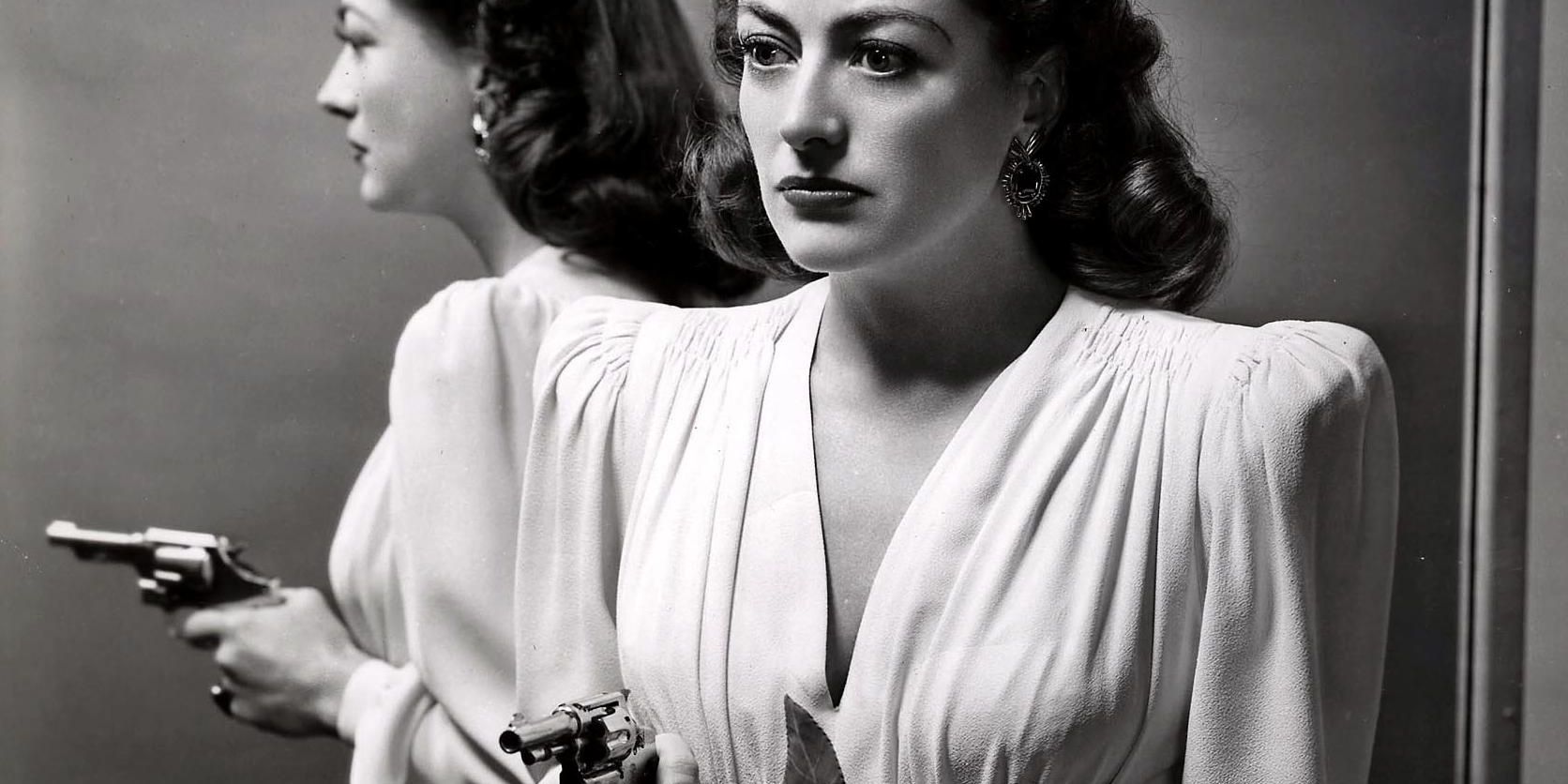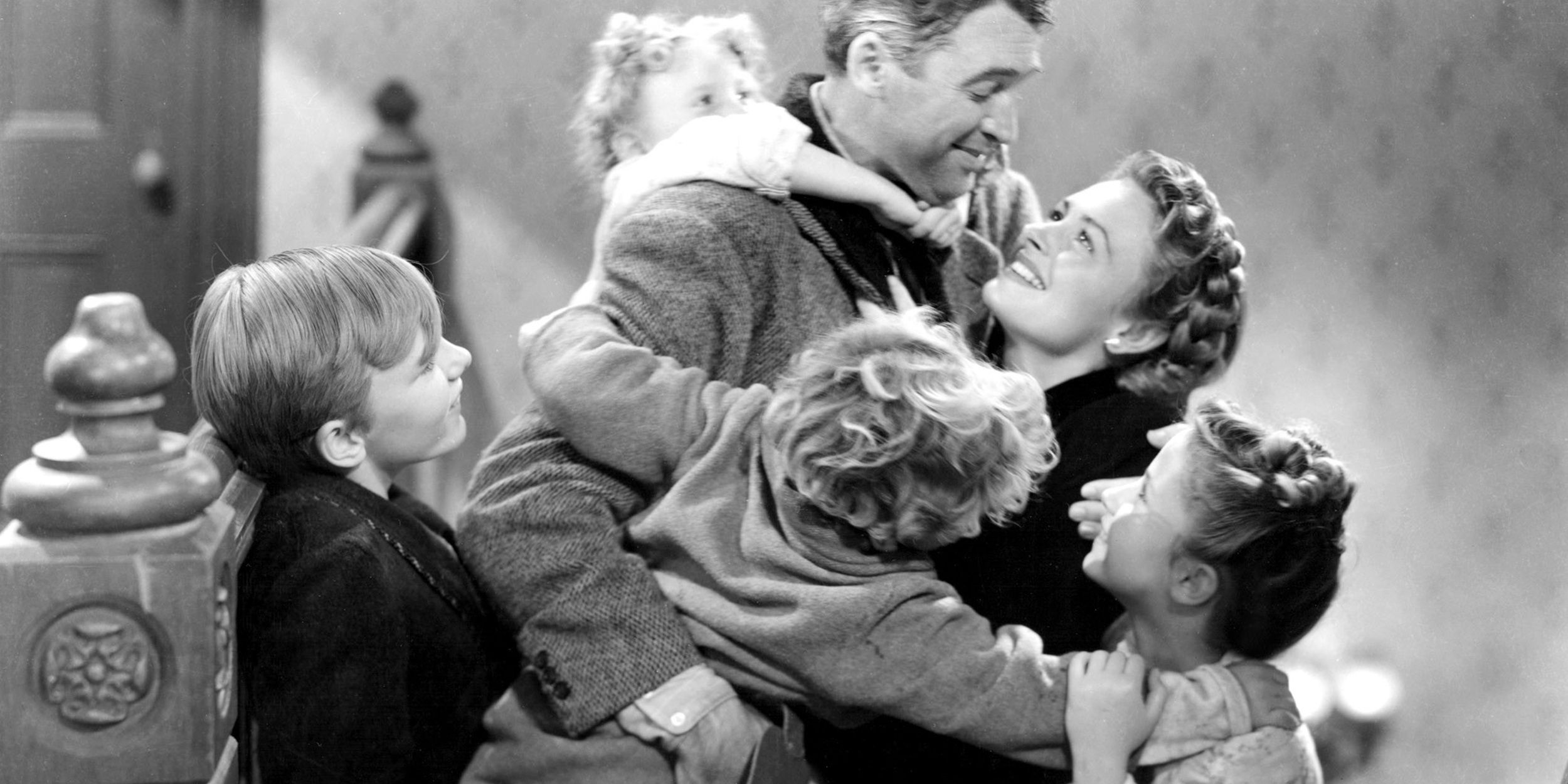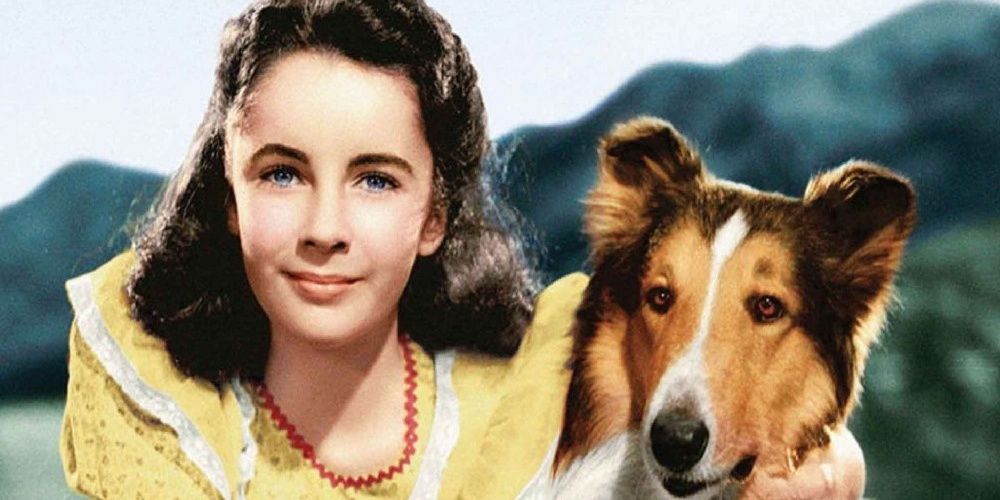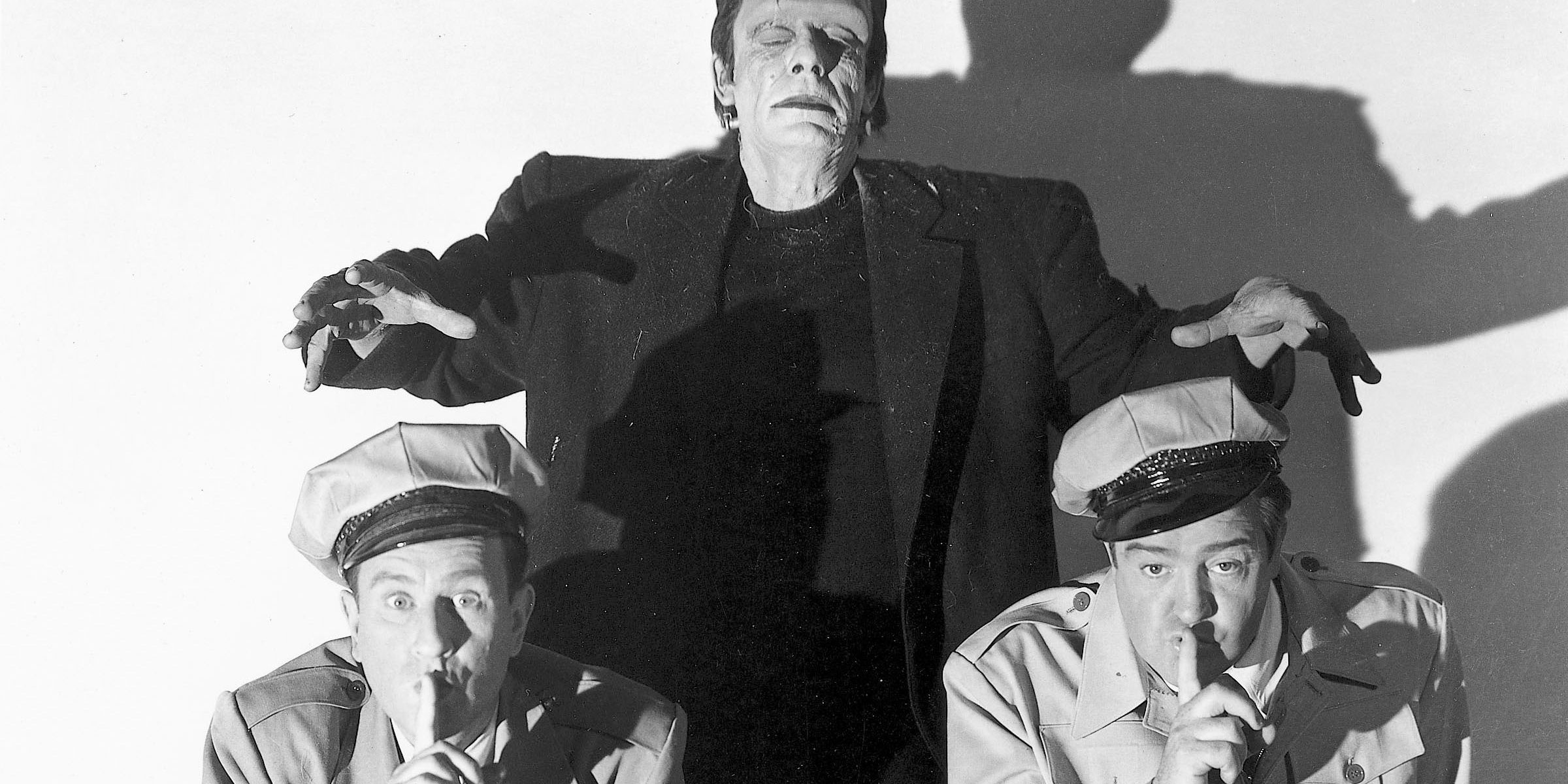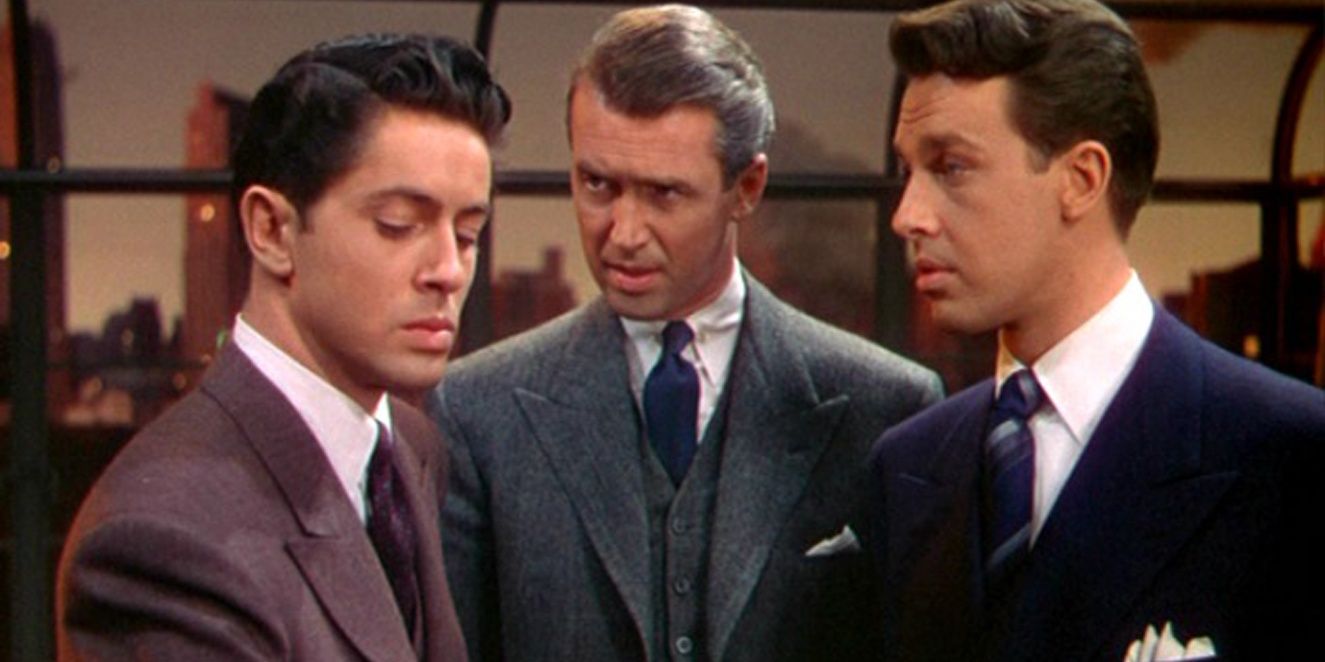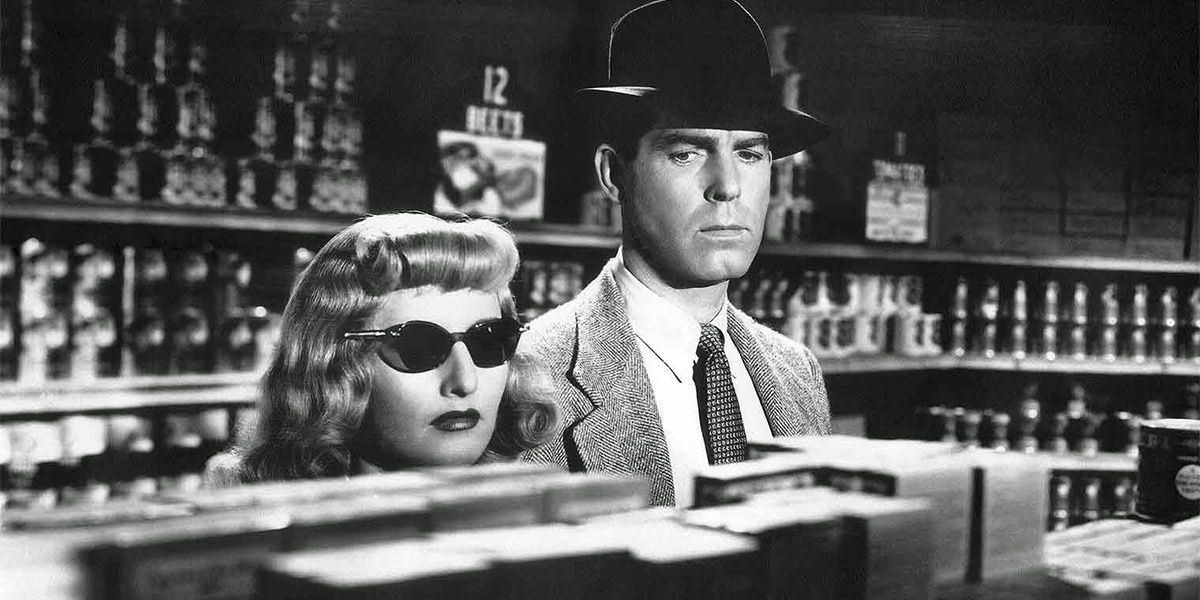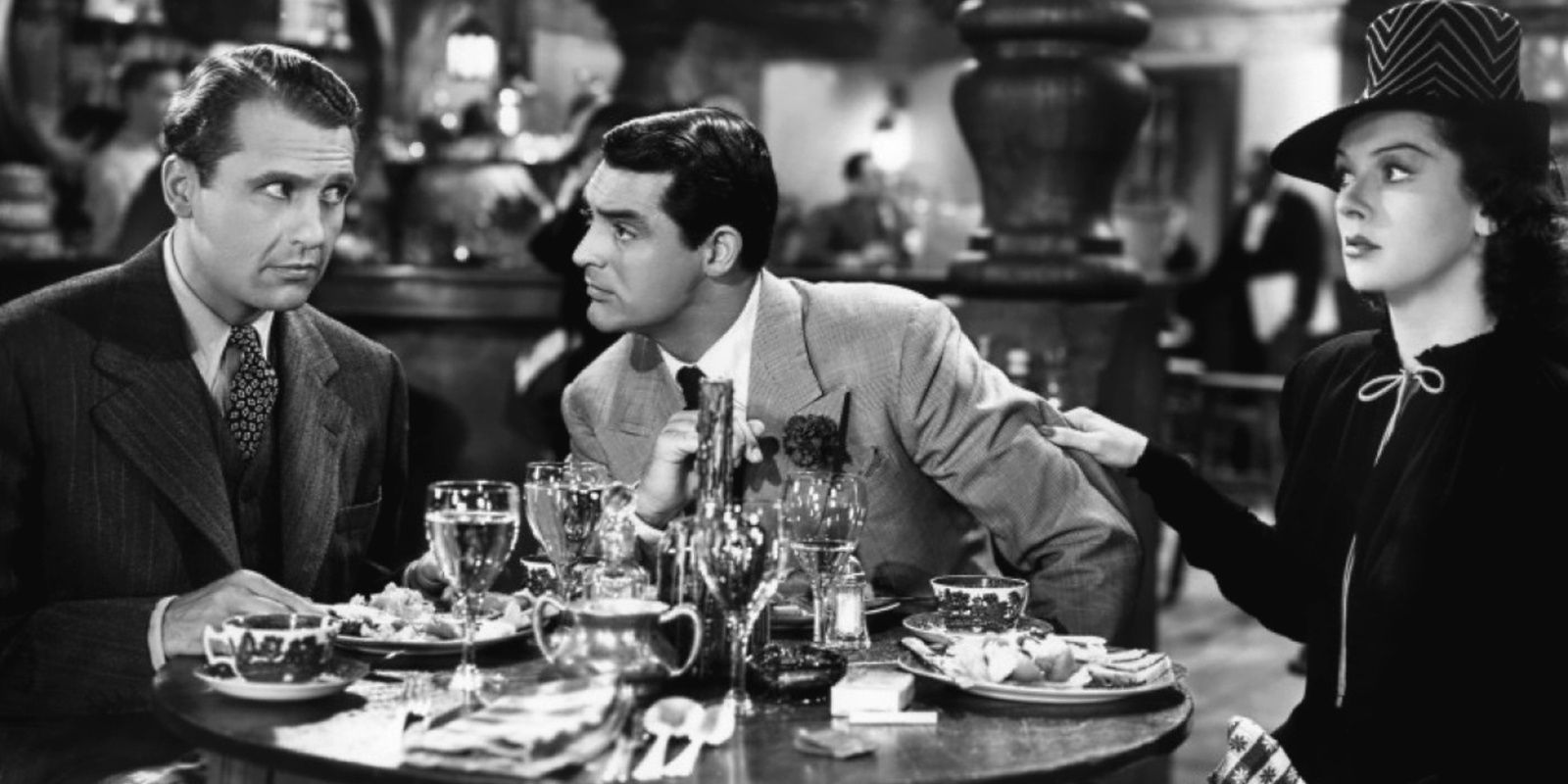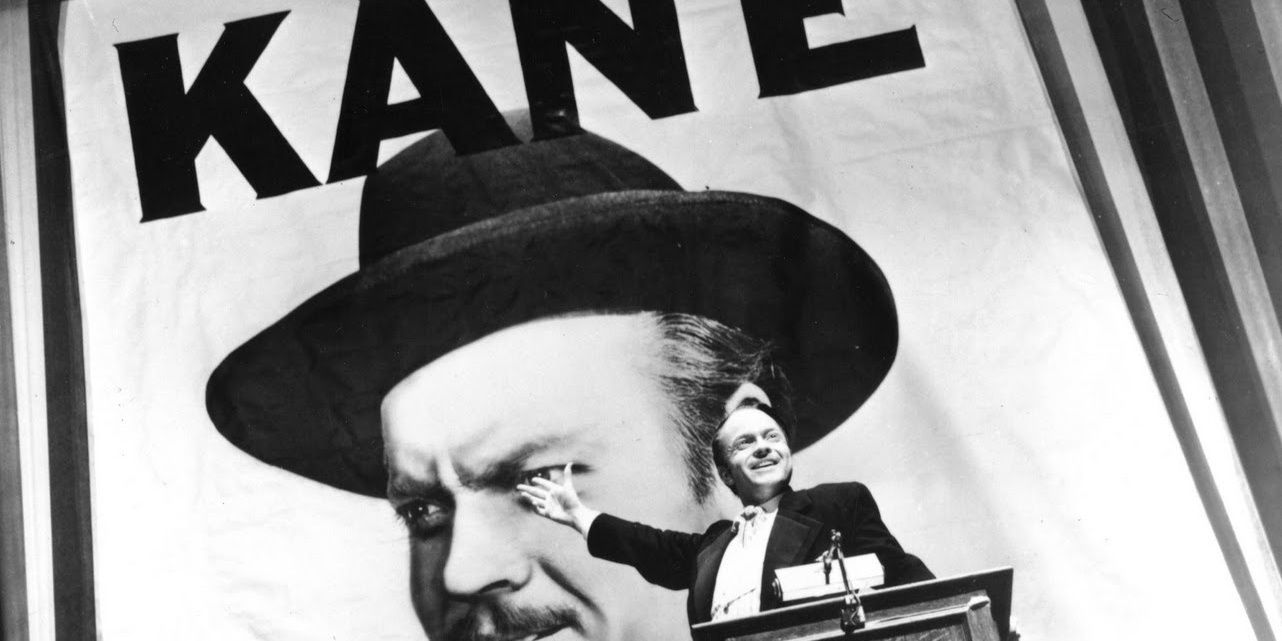By the 1940s, the newly-emerged Hollywood industry was here to stay. Major successes of the past decade, including The Wizard Of Oz, Cleopatra, and Gone With The Wind were so popular, they still top the highest-grossing movies lists today. Indeed, Gone With The Wind's gross record has never been broken. Movie studios were now incredibly financially successful because audiences were in love with movie magic.
The beginning of the decade saw the United States officially joining the war on December 11, 1941. Hollywood changed considerably during this period, as studios found less viewership and hence, less financial success. Movies also changed. Their plots now centered on wartime stories; masculine anxiety over women joining the workforce en masse; and a deeper focus on women's inner world and emotional turmoil within a patriarchal system.
Casablanca (1942)
Starring Humphrey Bogart and Ingrid Bergman, Casablanca is a classic war and romantic drama about two lovers who rediscover their affair in Vichy-Morocco. Casablanca was based on a play titled, Everybody Comes To Rick's by Murray Burnett and Joan Alison. The play was unproduced and the screenplay written by brothers, Julius and Philip G, and Howard Koch.
When nightclub owner and American ex-pat, Rick Blaine, meets his former lover, Ilsa Lund (Ingrid Bergman), Rick must use his shady dealings in Casablanca to secure her and her husband passage to America. The movie is also a good propaganda work for the Allied side, as was every Hollywood wartime movie produced at the time. It portrayed the Vichy French government and the Nazis as evil. It is considered one of the best movies of all time.
Rebecca (1940)
After Joan Fontaine starred in Rebecca (dir. by Alfred Hitchcock) with Laurence Olivier, Hitchcock recast Fontaine in Suspicion the following year. Rebecca was Hitchcock's first American-produced movie and was based on the ever-popular gothic novel by Daphne Du Maurier by the same name. The novel was very popular among women, as were gothic novels at the time. They spurned the rise of the "women's film" in the '40s, a genre of movies that catered to women's personal lives and their anxieties that this brought for them.
In Rebecca, Joan Fontaine finds herself in competition with her new husband's dead wife, with whom she believes he is still in love. Rebecca, like most women's films, features a young and naïve woman trapped by her patriarchal society into a dangerous situation.
Mildred Pierce (1945)
Based on the 1941 hardboiled novel by James M. Cain, Mildred Pierce is a film noir and crime drama starring Joan Crawford and Ann Blyth. Cain, the father of the film noir, also wrote Double Indemnity (1944), Serenade (1937), and The Postman Always Rings Twice (1934). Crawford won an Academy Award for Best Actress for her role as Mildred Pierce, the mother of a spoilt social-climbing teenager, Veda, who is desperate to join the wealthy class. Like most film noirs, Veda's lust for wealth and class, however, will tear both her and her family apart.
It's A Wonderful Life (1946)
One of Hollywood's greatest directors, Frank Capra, directed It's A Wonderful Life in 1946 for Liberty Films. The Christmas movie stars James Stewart as George Bailey and Donna Reed as Mary Hatch. The movie was based on the short story, The Greatest Gift, published by Philip Van Doren Stern. On Christmas Eve, a guardian angel shows George how miserable life would be if he had not been born.
Despite being recognized as one of the best Hollywood movies ever made, It's A Wonderful Life did very poorly upon release, and would not find popularity until years later. The movie bankrupted Liberty Films and ended the career of Capra.
Lassie Come Home (1943)
The first of a seven-part series, Lassie Come Home is a 1943 Metro-Goldwyn-Mayer movie about a boy and his dog, Lassie. Filmed in Technicolor, Lassie Come Home joined the ranks of The Wizard Of Oz (1939) and Snow White And The Seven Dwarfs (1937) as children's movies began to play heavily in regular cinema-going. Like many Hollywood movies of the '30s and '40s, Lassie Come Home was based on a novel, Lassie Come-Home by Eric Knight. Directed by Fred M. Wilcox, the movie had a lasting effect on Western cultural memory, becoming one of the most memorable animal characters to star on screen.
Abbott And Costello Meet Frankenstein (1948)
Comedians Bud Abbott and Lou Costello formed the comedic duo, Abbott and Costello, a duo that would go achieve mass popularity in the 1940s and 1950s. In 1948, they created the first of many comedy-horror movies, Abbott and Costello Meet Frankenstein. Other works would see them meet Dr. Jekyll and Mr. Hyde and the Mummy. Their horror monster parody would be a precursor to the later monster parodies of Mel Brooks.
More so, Abbott and Costello's popularity during and just after WW2 was a reflection of America's serious need to laugh during one of the worst decades of the nation's history.
Rope (1948)
Another Hitchcock classic, Rope follows a Hitchcock-esque psychological crime thriller formula. Based on Patrick Hamilton's 1929 play of the same name. It stars James Stewart, who would later star in two other Hitchcock movies, Rear Window (1954) and Vertigo (1958). Rope was Hitchcock's first Technicolor film and is popular for its editing style which makes the movie appear as though it was shot in one single take.
Like Strangers On A Train (1951) Rope is a movie about two men bound together in psychological horror by a murder.
Double Indemnity (1944)
One of many film noirs of the time, Double Indemnity was a B-movie, like many film noirs of the '40s. Although B-movies, the film noir genre regained popularity shortly after the war when France began screening a backlog of '40s movies to audiences and film critics. French film critics loved the intensity of the genre, with topics such as murder, lust, affairs, money, and greed. Double Indemnity is a classic film noir where murder and lust are committed in the cover of night, leading to the French name, film noir (black movie). The genre was a visual representation of the anxieties of white men at the time, who struggled with seeing white women working and earning their own money for the first time in American history.
His Girl Friday (1940)
Another movie starring Cary Grant, His Girl Friday is a 1940 romantic screwball comedy directed by Howard Hawks. Co-starring Rosalind Russell, the movie sees a newspaper editor trying to win his top reporter and ex-wife back, by luring her to work one more story with him. It was based on the 1928 play, The Front Page by Ben Hecht and Charles MacArthur.
Two years earlier, Grant has starred in a similar screwball romantic comedy, Bringing Up Baby with Katherine Hepburn which was a massive flop. His Girl Friday is one of the earliest "battle of the sexes" romantic films that gained popularity in the 1940s. This genre was the light-hearted opposite of the film noir, presenting the gender wars at the time as funny escapades where the man ultimately won using his charm. Contrariwise, in film noir, the man usually wins by murdering his lover.
Citizen Kane (1941)
Generally considered to be one of the best movies ever made, Citizen Kane by Orson Welles broke a lot of Hollywood's cinematic conventions at the time of its release, such as its use of depth of field shots. The movie is a warning against the futility of chasing money and power, and how human greed leads to emotional destitution. It was co-written, directed, and produced by Welles and co-written by Herman J. Mankiewicz, who also co-wrote The Wizard Of Oz. A financial disappointment upon its release, Citizen Kane courted a lot of controversies, and would only derive its title of the best movie ever many years after its release.

